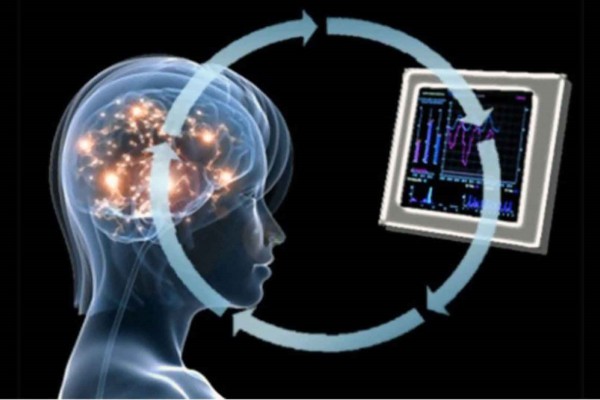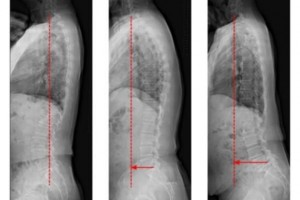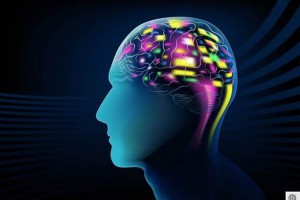What's biofeedback?
Biofeedback is the process of gaining greater awareness of many physiological functions of one's own body by using electronic or other instruments, and with a goal of being able to manipulate the body's systems at will.
What's biofeedback?
Biofeedback is the process of gaining greater awareness of many physiological functions of one's own body by using electronic or other instruments, and with a goal of being able to manipulate the body's systems at will. Humans conduct biofeedback naturally all the time, at varied levels of consciousness and intentionality. Biofeedback and the biofeedback loop can also be thought of as self-regulation.
You may not realize it, but when you have pain or are under stress, your body changes. Your heart rate may increase, you may breathe faster, and your muscles tighten. Biofeedback helps you make slight changes in your body, such as relaxing muscles, to help relieve pain or reduce tension. You may be able to decrease your heart rate and breathing, which can make you feel better. Biofeedback can give you the skills to practice new ways to control your body. This can improve a health problem or help make daily activities easier.
Biofeedback tries to teach you to control automatic body functions such as heart rate, muscle tension, breathing, perspiration, skin temperature, blood pressure and even brain waves. By learning to control these functions, you may be able to improve your medical condition, relieve chronic pain, reduce stress, or improve your physical or mental performance (sometimes called peak performance training).
Some of the processes that can be controlled include brainwaves, muscle tone, skin conductance, heart rate and pain perception.
During biofeedback training, sensors attached to your body detect changes in your pulse, skin temperature, muscle tone, brain-wave pattern or some other physiological function. These changes trigger a signal a sound, a flashing light, and a change in pattern on a video screen that tells you that the physiological change has occurred. Gradually, with the help of your biofeedback therapist, you can learn to alter the signal by taking conscious control of your body's automatic body functions.
Types of biofeedback:
Biofeedback is aimed at combating stress through relaxation techniques. You consciously manipulate your breathing, heart rate, and other usually “involuntary” functions to override your body’s response to stressful situations.
Biofeedback appears to be most effective for conditions that are heavily influenced by stress. Some examples include: learning disorders, eating disorders, bedwetting, and muscles spasms.
Why it's done
Biofeedback, sometimes called biofeedback training, helps many physical and mental health problems, including:
Electrical sensors that connect to a monitor will be hooked up to your body. The sensors measure one or more signs of stress. This can include heart rate, muscle tension, or body temperature. The measurements provide feedback about how your body responds to different stimuli.
A biofeedback therapist can teach you how to lower your heart rate through breathing exercises, relaxation techniques, and mental exercises. You can measure the results of these techniques and exercises on the monitor. This encourages more positive reactions and relaxation.
A typical biofeedback session lasts between 30 and 60 minutes. The number of sessions needed to resolve an issue will vary depending on a number of factors, including how quickly you learn to control your physical responses.
The goal of biofeedback is to learn to use these methods at home on your own without a machine or sensors.
Biofeedback appeals to people for a variety of reasons:
- https://en.wikipedia.org/wiki/Biofeedback
- https://www.health.harvard.edu/medical-tests-and-procedures/biofeedback-a-to-z
- https://www.webmd.com/pain-management/biofeedback-therapy-uses-benefits
- https://www.mayoclinic.org/tests-procedures/biofeedback/about/pac-20384664
- https://www.healthline.com/health/biofeedback#:~:text=Types%20of%20Biofeedback,brain%20wave%20activity%20over%20time




Related Posts